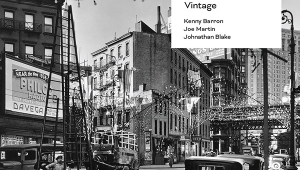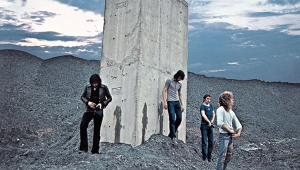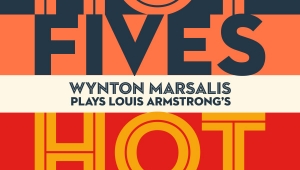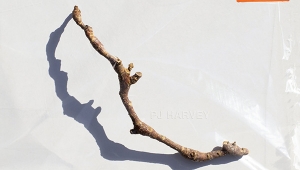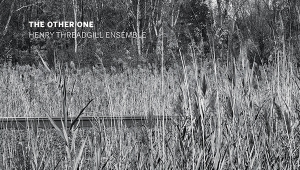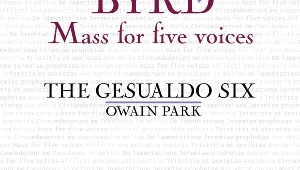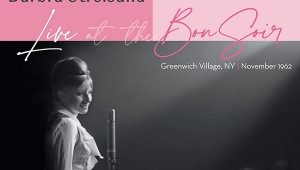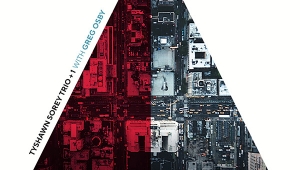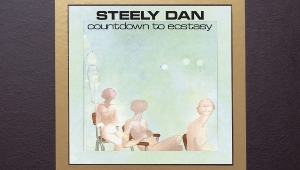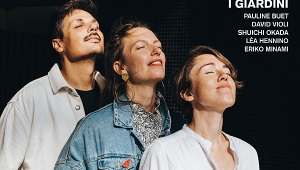| Columns Retired Columns & Blogs |
Richard,
Nice review and interesting insight on the recording process, thanks. I was looking forward to this title and it being available on vinyl yet, you communicate that it is "euphonically too dark for this many trumpets" which is disappointing to say the least. What would be the cause of this... D to A transfer not being given the care by Sony that is necessary???
Com'on SONY!
Happy Listening!
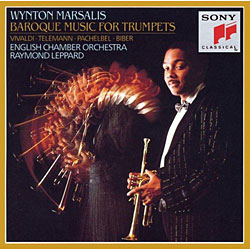 Wynton Marsalis: Baroque Music for Trumpets
Wynton Marsalis: Baroque Music for Trumpets



